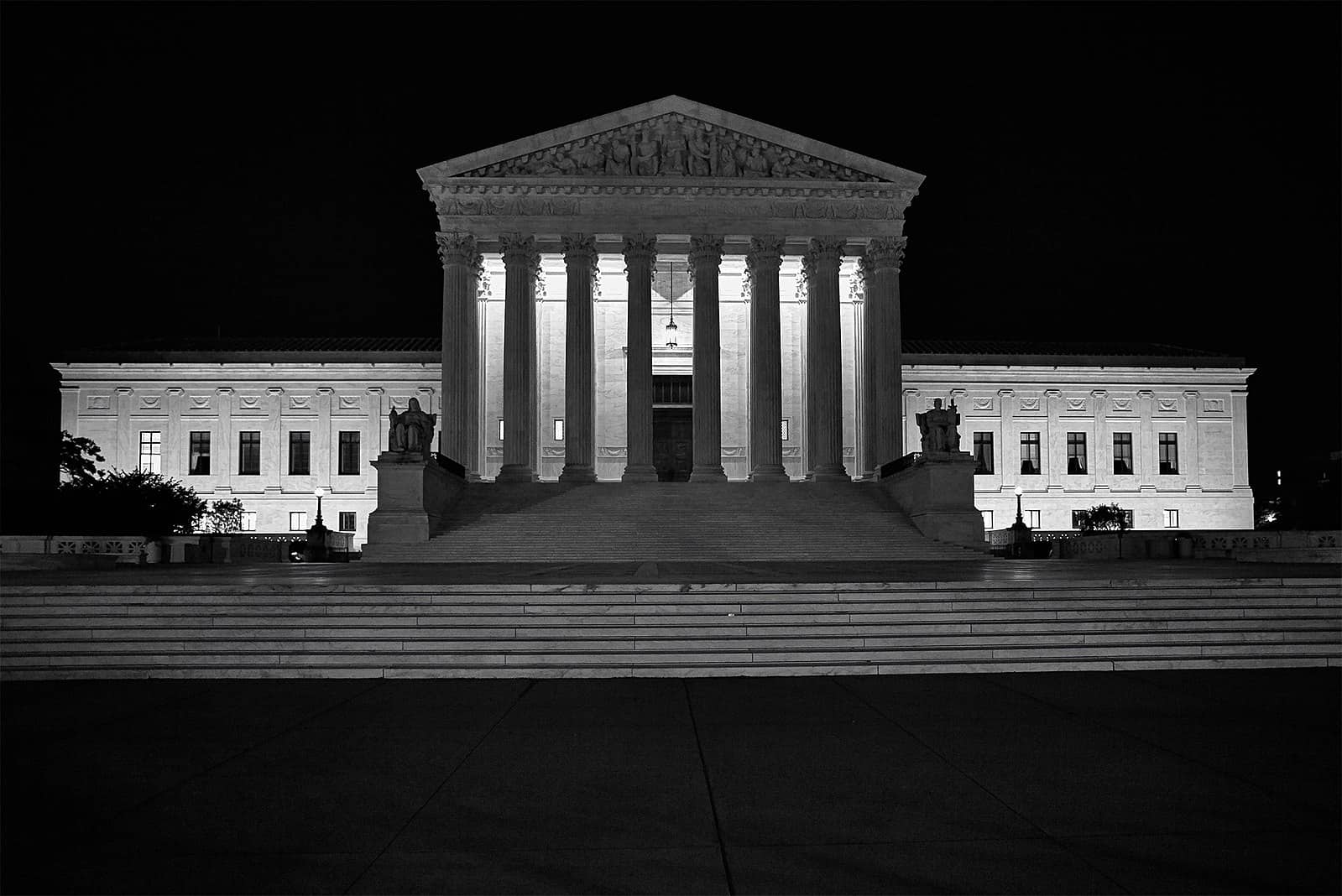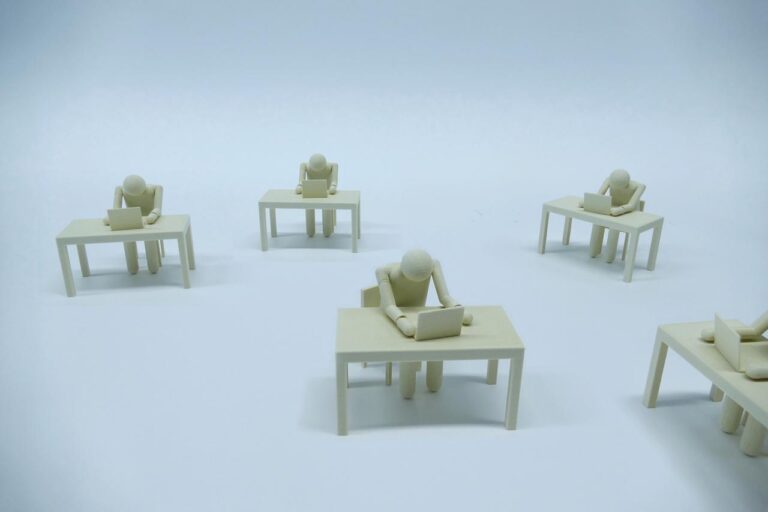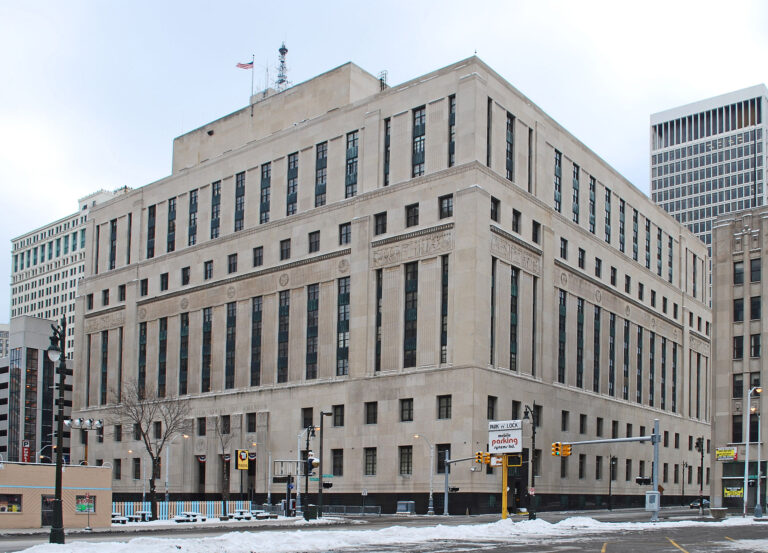
Andrew Strom is an Associate General Counsel of Service Employees International Union, Local 32BJ in New York, NY.
The country has been rocked by the news that the Supreme Court seems poised to issue a decision in Dobbs v. Jackson Women’s Health Organization that will overrule the 49 year-old ruling in Roe v. Wade guaranteeing the right to an abortion for women who can find a provider. (As a blog that deals with issues that affect workers it is important to note that the Court has long held that the government does not need to cover the cost of abortions even if it pays for other medical services.) But, anyone who paid attention to the Supreme Court’s 2018 decision in Janus v. AFSCME should have understood that the reactionaries who dominate the Supreme Court have no qualms about overruling long-settled precedents that have been relied upon by millions of people across the country. They would have also noticed that the Court is willing to pick and choose whatever principle is convenient to reach the desired outcome even if it will rely upon essentially the opposite principle in a subsequent case.
I don’t want to overstate the similarities between Dobbs and Janus. The right of a woman to decide not to carry a fetus for nine months, and not to have to endure the risks, the pain, and the extended recovery from child-birth, not to mention either the costs of raising an unwanted child or the trauma of giving an infant up for adoption are not comparable to the costs imposed on public sector workers who have to assume the financial burden of paying for free-riders, but nevertheless the Court’s treatment of these issues has much in common.
In Janus, the Court overruled a forty-one year-old decision, Abood v. Detroit Bd. of Education. The central holding in Abood was that where a majority of workers in a public sector bargaining unit have opted for union representation, all workers in that bargaining unit could be compelled to share the cost of union representation, but workers who choose not to join the union could not be compelled to pay the union for any expenses that are not germane to collective bargaining. As with Roe, Abood was not an isolated case. It built on earlier precedent, and it had been reaffirmed by the Court many times. As recently as 2009, a unanimous Court applied Abood to hold that a union could charge nonmembers for certain litigation costs.
But, just as with the apparent decision in Dobbs, the Janus opinion was hardly a surprise. In both cases, the Court’s right-wing Justices had essentially invited plaintiffs to bring cases challenging the Court’s settled precedent. As a result, when the Senate refused to consider Merrick Garland’s nomination, allowing Trump to fill the seat with Neil Gorsuch, the plaintiffs in Janus were so eager to get to the Court that they urged the lower courts to issue quick rulings against them. Then, the Court exercised a raw display of power to toss the longstanding precedent aside.
Janus and Dobbs illustrate the now obvious point that this Court is driven by politics rather than principle. The Dobbs draft relies on seemingly neutral principles to justify the outcome, yet in Janus the Court ignored those same principles. In the draft Dobbs opinion, Justice Alito makes a big point of saying that the decision returns the decision to state legislatures and “allows women on both sides of the abortion issue to seek to affect the legislative process by influencing public opinion, lobbying legislators, voting, and running for office.” But, in Janus the Court did the exact opposite. Before the Court’s ruling in Janus it had been left to each individual state to decide whether to allow unions to collect fair-share fees from non-members. More than twenty states had allowed these fees. In Janus the Court majority expressed no qualms about removing a hotly contested political issue from those same legislative bodies.
Similarly, the Court’s treatment of historical practice is inconsistent in the two cases. The Dobbs draft relies heavily on the claim that the right to an abortion was not recognized for most of this country’s history. But, it turns out that the right articulated by the plaintiff in Janus was not recognized until fairly recently. As the Court once explained, until the 1950s, “the unchallenged dogma was that a public employee had no right to object to conditions placed upon the terms of employment — including those which restricted the exercise of constitutional rights.”
The Court’s decision in Janus also highlighted how the right-wing majority is willing to twist itself into knots to rule against groups it disfavors. Before Janus, the Court had held that the same rules should apply to public employees complaining about mandatory union fees as apply to lawyers complaining about mandatory bar dues. Just as public employees have complained that union fair share fees sometimes fund speech that they disagree with, lawyers in states that require them to pay fees to bar associations have complained that they are being forced to fund speech that they may oppose. But, since the Court decided Janus, it has continued to allow mandatory state bar fees to stand. The only explanation I can think of for this is that the Justices care more about weakening unions than they care about abstract free speech principles. A similar inconsistency is at play in how the Court has treated vaccine mandates and how it approaches reproductive freedom. When the Court struck down OSHA’s vaccine or test mandate, the Court majority described vaccines as a “significant encroachment into the lives” of individuals. It seems quite likely that the same Justices who are willing to hold that the government can force you to endure nine months of pregnancy and child birth will somehow find that there is a constitutional right not to get vaccinated.
The Supreme Court certainly ought to be allowed, and even encouraged, to overrule misguided decisions. But, at the same time, the rule of law is meaningless if precedents are tossed out simply because the Court’s composition has changed. Yet, that is precisely what is happening with the current Court. If principle were guiding these Justices — either respect for state legislatures or the historical pedigree of rights — then those principles should have been applied consistently in Janus and Dobbs. The fact that they were not proves, once again, that this Court is starting with a desired outcome and working backward to devise a supporting rationale. While Chief Justice Roberts does worry about the Court losing its legitimacy, the other right-wingers on the Court operate under the principle that as long as they have five votes they might as well use them. Once the Justices saw how easy it was to set aside a forty year-old precedent in Janus, they realized no one was going to stop them from fulfilling their wildest right-wing dreams.









Daily News & Commentary
Start your day with our roundup of the latest labor developments. See all
December 11
In today’s News and Commentary, Biden’s NLRB pick heads to Senate vote, DOL settles a farmworker lawsuit, and a federal judge blocks Albertsons-Kroger merger. Democrats have moved to expedite re-confirmation proceedings for NLRB Chair Lauren McFerran, which would grant her another five years on the Board. If the Democrats succeed in finding 50 Senate votes […]
December 10
In today’s News and Commentary, advocacy groups lay out demands for Lori Chavez-DeRemer at DOL, a German union leader calls for ending the country’s debt brake, Teamsters give Amazon a deadline to agree to bargaining dates, and graduates of coding bootcamps face a labor market reshaped by the rise of AI. Worker advocacy groups have […]
December 9
Teamsters file charges against Costco; a sanitation contractor is fined child labor law violations, and workers give VW an ultimatum ahead of the latest negotiation attempts
December 8
Massachusetts rideshare drivers prepare to unionize; Starbucks and Nestlé supply chains use child labor, report says.
December 6
In today’s news and commentary, DOL attempts to abolish subminimum wage for workers with disabilities, AFGE reaches remote work agreement with SSA, and George Washington University resident doctors vote to strike. This week, the Department of Labor proposed a rule to abolish the Fair Labor Standards Act’s Section 14(c) program, which allows employers to pay […]
December 4
South Korea’s largest labor union began a general strike calling for the President’s removal, a Wisconsin judge reinstated bargaining rights for the state’s public sector workers, and the NLRB issued another ruling against Starbucks for anti-union practices.